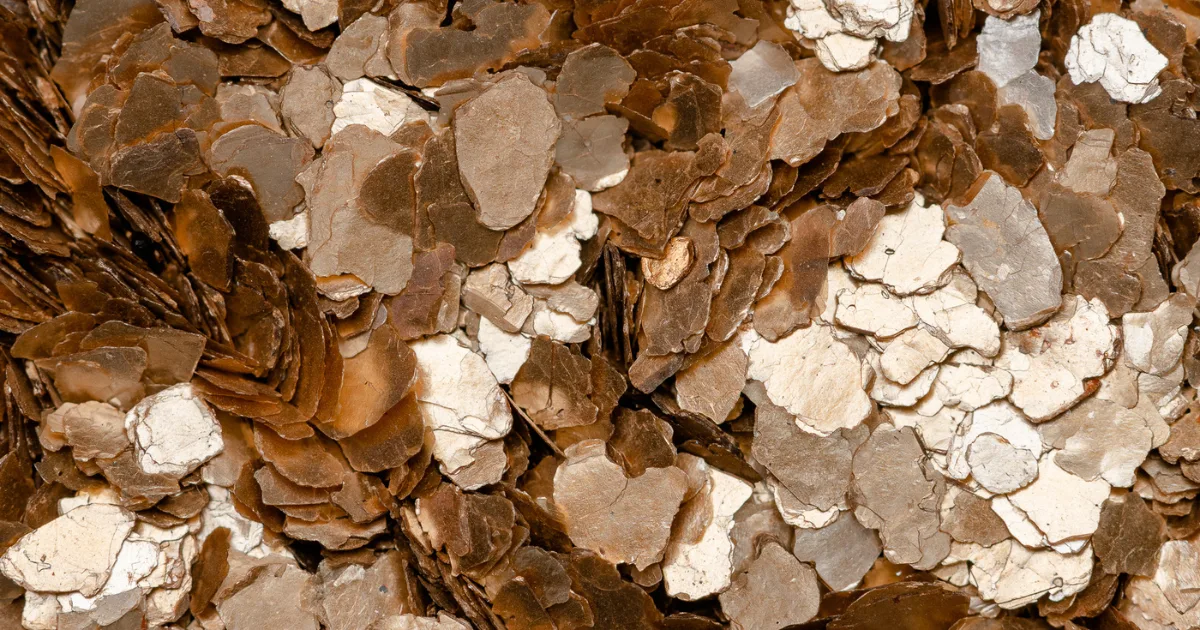Sulphur – the missing link between soils, crops, and nutrition.

Sulphur is an essential mineral nutrient which has been overshadowed by talk about NP&K. Sulphur has a central role in the production of amino acids methionine & cysteine, which are the building blocks of protein in plants, directly impacting the nutritional value of human and livestock feeds.
Soil analysis carried out by Lancrop laboratories shows that there is an average deficiency Sulphur of 85% across all soils tested. This suggests that not enough is being used across the UK and or that the recommendations in the fertiliser manual are out of date and need re-evaluating.
Sulphur is also a readily leachable element which will need to be applied each year.
There is often confusion about the yellowing of crops and which nutrient is deficient; Sulphur deficiency shows in the younger leaves, while nitrogen deficiency will show up with yellowing in the older leaves.
Sulphur applications facilitate the efficient use of Nitrogen. In a time of high fertiliser prices, this is essential for productivity and profitability. There is considerable evidence that the inclusion of Sulphur increases the yield and quality of crops grown, impacting the nutritional composition of crops harvested. This leads to reduced feed costs in the livestock sector, where bought-in feed costs are reduced due to the quality of the forage produced.
Sulphur also plays a key role in allowing Nitrogen to be used more efficiently, producing greater yields for the same application of Nitrogen fertiliser and with the potential to cut Nitrogen rates due to improved utilisation. Research evidence also shows that its inclusion in a fertiliser program reduces the leaching of nitrates from the soil into water courses.
Calcifert have found improvement in yields and quality through their trial work across several crops.
Trials in OSR with Calcifert Sulphur 200kg, when compared with a control of zero SO3, showed an increase in yield of 1 tonne of crop /ha.
Trials and farmer testimony have shown an increase in grain and straw yields through applying Calcifert Sulphur. Further improving grain quality and passing standards for both bread-making wheat and malting barleys.
Using Calcifert Sulphur on a grassland farm in Northern Ireland resulted in an improved profitability of 1.3 ppl, which resulted from higher quality forage, higher forage DM yield, and reduced bought-in feed costs. Regular users report increased yields of first-cut silage from the early inclusion of Sulphur in the fertiliser program.
Calcifert LS11, our newest product, has the dual effect of Liming and providing Sulphur, ideal for early spring applications ensuring the soil is in optimum condition. This has shown increases of 10% in grass DM yields due to the improved total Sulphur application.
Don’t forget about applying Sulphur to all farmed crops as the efficiency of Nitrogen utilisation. This will fall along with crop yield and crop quality. Calcifert offers two excellent non-nitrogenous sources of Sulphur, which means fertiliser programs can be balanced easily with straight Nitrogen fertilisers, providing farmers with greater flexibility without reducing Sulphur rates.




